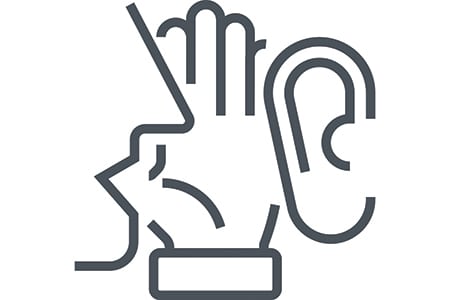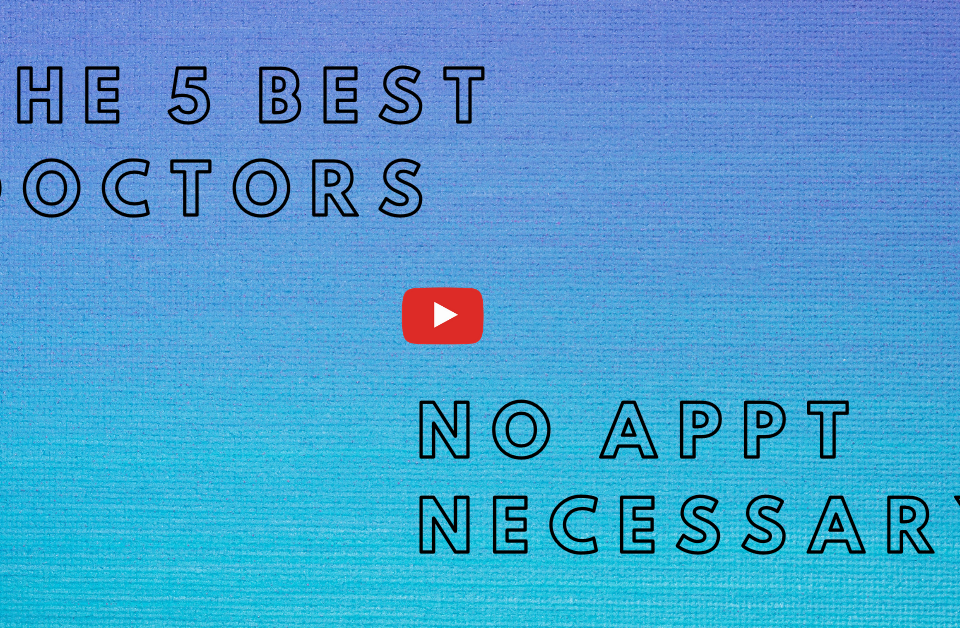3 Secrets That Encourage Authentic Culture Change

Guest Author: Colleen Reilly, Vice President of Well-Being Consulting Services at ThrivePass.
The word “wellness” is being thrown around like a food fight in a high school gymnasium. It can be daunting to visit LinkedIn and Facebook business pages for fear of overwhelm.
There is always something new that YOUR company doesn’t have.
Images of sleep pods, food trucks, and field days are pitched out into the world as if to smack their competition in the face. Just like the Jones’s, we are always trying to one-up each other with the next “cool” wellness initiative.
We are shouting “culture-culture-culture!!” but many of us don’t really know what that word means. From my experience, when people say “culture,” they often mean “climate” – and that is a big difference. Let me explain:
 1. Climate vs. Culture: Know The Difference
1. Climate vs. Culture: Know The Difference
A colleague of mine, Rosie Ward, created a vivid image to describe the difference between climate and culture.
If you look at the top of a river, everything looks calm and picturesque – birds chirp, there’s a nice breeze, and it’s a fine day for a picnic. It’s the same at work; you have a really cool office, healthy fruit, happy hours, etc. From above, your organization seems to flow as peacefully as that river. This is your company climate, but that is just perks and programs. The real drivers are below the surface.
Underneath the river, you have a strong current – which is your culture.
Your current is what shapes the rocks and paves the way. You can’t see it, but it drives everything. The culture current is found in the attitudes and motivations of your team.
Do your employees feel valued, heard and supported? Do they have the resources and freedom to excel beyond expectations? Are you fostering the conditions that help them grow professionally? Have you created an environment in which people can take calculated risks? If you don’t answer these questions first, any well-being program you put in place will fail.
“Wellness” – in general – is not going to fix what is really happening in your company. Real, effective, and lasting well-being is built strategically by cultivating relationships. If you have a solid culture, the cool products and perks will enhance that and bring it alive. It doesn’t happen overnight, and it’s not always fun at first. I’ll tell you this, though. It is worth it!
2. Work Relationships Are As Valuable as Family Ones
We spend more time at work than we do with our families. So why don’t we value our work relationships in the same way? Our businesses operate just like our families do.
Being a healthy, happy, and well-functioning family doesn’t mean that we afford the nicest house on the block or have the coolest car in the garage. Maybe we just need to put our phones down at the dinner table and ask about the day. At work, we get so focused on trying to find that next big climate change, but what we really need is to simply communicate and connect better.
Understanding the struggles and motivations of your team is easier than it sounds. Start with the basics:
-
Just ASK – Many companies will spend tens of thousands of dollars on things that have no personal value to their people. Ask your team what motivates them; ask what frustrates them; ask them about their raison d’entre (reason for existing). You may be surprised at the answer.
-
Listen – It’s easy to speak, but it is not always easy to listen. Templated surveys, self-evaluations, and forced monthly check-ups are oftentimes insincere and usually don’t provide genuine feedback. Take the time on a normal business day to interact with your employees, look them in the eye, and do your best to understand what they mean. If your company is really large, train your middle management and leaders to help, and then listen to them.
-
Act on it – Action speaks louder than words. When your team sees the organization addressing their barriers and challenges, they’ll begin trust the company and embody the company’s core values. Heck, they may even be inspired.
At the end of your life, you are not going to look back and say, “I loved my job because they gave me a gas card and a personal trainer.” Instead, you’ll think of the people who surrounded you and the purposes you fulfilled. It doesn’t matter if you’re an accountant or the CEO of the hottest new tech giant – you have the ability to add purpose and energy to the world with every person who walks through your door. Don’t waste it.
3. Know Your Employee Journey: Before Recruitment & After Exiting
A house is not built overnight. It takes time. You have to survey the land, get permits and lay a solid foundation. I suggest you look at your business with the same prudence.
-
Before you recruit, survey the land. What does your company brand look like to potential recruits? Are you all marketing and advertising or is your company image authentic? Your potential employee’s expectations about your culture can be set well before they are even on your radar. It’s not just about looking good to the competition, but genuinely attracting and retaining top talent.
-
Training starts in the recruitment process. When an employee buys into your mission and vision from the start, it is easier than having to change their minds later. Do the necessary due diligence to build a recruiting program that creates a spark in the hearts of your candidates. A successful recruitment experience creates a side-effect of healthy competition among many great candidates who are chomping at the bit to work with your company, which provides even more access to top talent.
-
Don’t throw new employees to the wolves. The first six months are crucial. Even a seasoned veteran in their field needs time to adapt to your culture. Create a “first-six-months” employee experience grounded in strategy and consistency.
-
Remember that employee experience doesn’t end with onboarding. Continuing to help your employees grow and develop new skills throughout their career helps keep them engaged and increases productivity. No one wants to feel pigeonholed into a dead-end job. Create career paths that fit the personalities and long term goals of your team. Then, be willing to adapt.
If your employees take a new direction and exit the organization, be happy for them and support that journey. They will tell the world how amazing the organization is, which will allow and create room for even more growth within your company. View them as company alumni who are still ambassadors of your brand and positively promote the company as a great place to work throughout their career.
____________________________________
Guest author, Colleen Reilly has worked in well-being for over 20 years. She has seen wild successes and preventable failures. She has a unique and compelling track record in actions that drive individual employee engagement which can give your organization a marketplace advantage.
If you’re serious about making your genuine impact and you don’t know exactly where to start, reach out to her to learn more. She can help you build your culture from the ground up. Contact info below.
____________________________________
Guest Author: Colleen Reilly
 Colleen is Vice President of Well-Being Consulting Services at ThrivePass. Prior, she founded Total Well-Being, the nation’s leading provider of corporate well-being consulting and SaaS software solution. Some of her clients included State of Arizona, Chipotle Mexican Grill, Molson Coors and Keurig Green Mountain. She is also a certified health coach, marathoner, avid cyclist and group fitness instructor, yoga guide and lives with her 3 kids and husband in Denver, Colorado.
Colleen is Vice President of Well-Being Consulting Services at ThrivePass. Prior, she founded Total Well-Being, the nation’s leading provider of corporate well-being consulting and SaaS software solution. Some of her clients included State of Arizona, Chipotle Mexican Grill, Molson Coors and Keurig Green Mountain. She is also a certified health coach, marathoner, avid cyclist and group fitness instructor, yoga guide and lives with her 3 kids and husband in Denver, Colorado.
ThrivePass is a total reward platform with three foci: pre-tax benefits; well-being initiatives; and rewards and recognition. www.thrivepass.com and www.wishlistrewards.com
Linkedin: Colleen Reilly LinkedIn Profile
Email: colleen.reilly@thrivepass.com









